
In a previous blog I mentioned that I thought Pal Wong was doing a disservice to the art toy community when he released his own line of 12” figures. Especially as he was poaching the earlier style, and designs of Michael Lau. Then I mentioned that Korean figure artist CoolRain was capitalizing on the movement, and like Eric So from Hong Kong I didn’t seem to have a big problem with it. Where did I draw the line? I think context had a lot to do with it, and I think the intent of the creatives could easily be taken out of context because they were Asian.
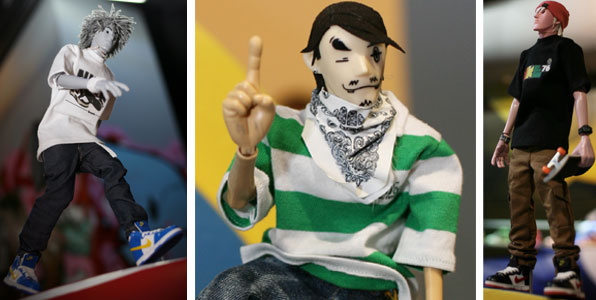
In the US we often considered luxury products coming from China to be cheap counterfeits. The nation was notorious for loose copyright protections. Clothing, shoes, and entire stores had been written about as poaching established brands. When it came to copying an IP nothing seemed out of bounds, least of all 12” vinyl figures. These things were not isolated to one country. South Korea had
similar counterfeit markets as well. A portion of customers buying knock-offs was because they weren’t aware that they were fake. They wanted to appear like conspicuous consumers, to keep up with their neighbors, so they spent billions of dollars supporting the gray market. On this blog I’ve called out time, and time again
how manhua artists copied illustrations from SNK, and Capcom manga when creating licensed, and unlicensed comics. I even did a multi-part series on the game Xuan Dou Zhi Wang / King of Combat for poaching designs, and elements from several fighting games. At the bottom of the blog I linked all the entries in that series.
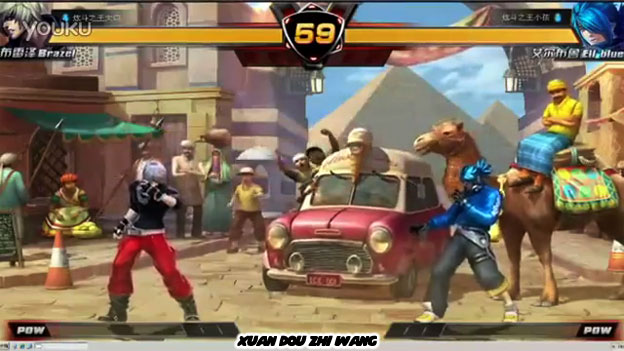
The thing about Chinese, or Hong Kong creators was that anything they worked on was met with suspicion from consumers in the west. It didn’t matter if they were making a comic, game, toy, or fashion piece. The first thing that people overseas did (myself included) was try to dissect what they were doing, or try to find the direct connection to something that existed previously. I don’t think that this level of skepticism was equal compared to creators from Japan, or the US. It seemed all but impossible for me to give the Chinese credit for the work they were doing, and any new ground they were breaking. One of the things that hurt the reception from people in the west was that any new trends were instantly jumped on by contemporaries, and competitors. Copycats flooded the market as soon as a trend started.
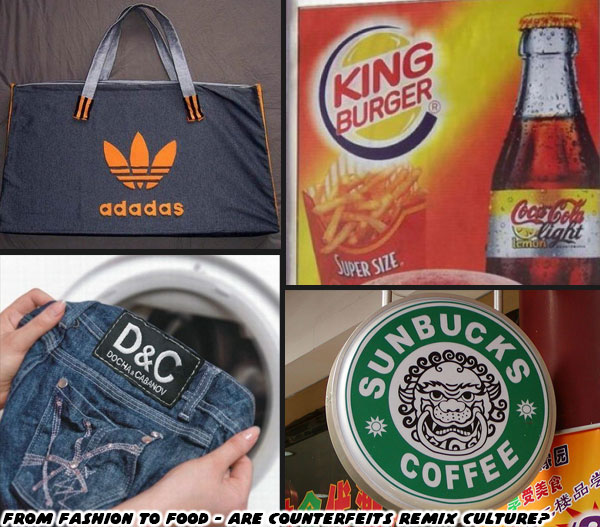
I’m sure you’ve seen countless ads for Chinese, and Korean MMO’s that looked identical to each other. Worse yet they were poaching the designs from popular RPGs. I saw it happen in the figure market with Lau, where several contemporaries became much better known from being at the right place, at the right time. It didn’t seem fair to me that he didn’t get his flowers from the west for the movement he started. As I started putting together this series I took a hard look at the trends of copying, counterfeiting, and thought that maybe I had the wrong mindset. Maybe I was looking at the process from the wrong perspective. If I considered the intent, and context of Korean, Chinese, Hong Kong, and even Taiwanese creators then I might come to a different conclusion.
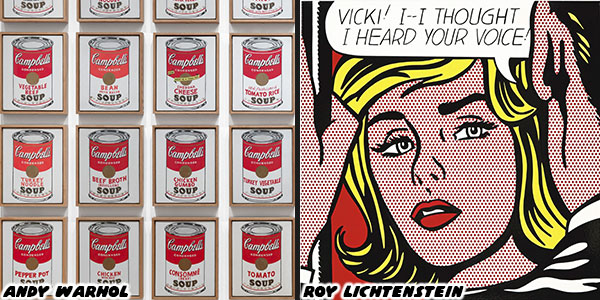
I began thinking of the culture, how the Chinese were manufacturing the lion’s share of consumer goods that the west enjoyed, but getting none of the respect for the labels. When it came to fighting games I thought of how many marital arts from China had been presented by studios the world over, but were always met with skepticism when a fighting game came from a Chinese developer. I thought of how many artists in the West were called geniuses for “remixing” established brands.
Andy Warhol and his can of Campbells soup,
Roy Lichtenstein making millions for copying old comic book panels, or
Ron English taking jabs at US icons. It was art when they did it, but when the Chinese artist did it then it became a counterfeit. The oddest thing was that
counterfeits could boost the sales of genuine products.
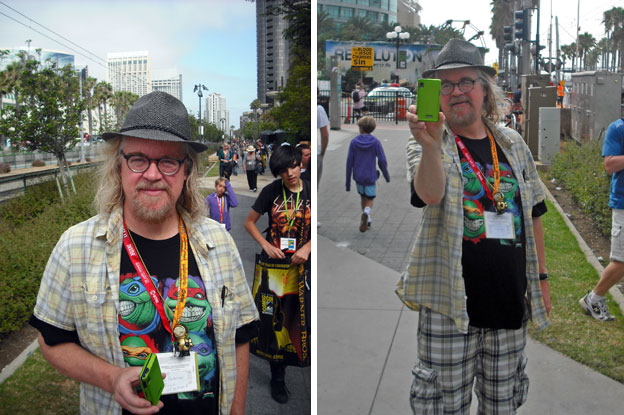
What if the Chinese were remixing culture, remixing brands, and not hung up on IP because it was not part of their cultural lexicon? This could work in a society that favored the collective good, rather than the individual achievement. Yes there were some creators intent on creating a knock-off to dupe prospective buyers. They wanted to sell a cheaper alternative to people searching for a brand name product. There were also some creating an homage to an established brand, but determined to put their own unique spin on it. They would make up variations of established logos, colors, and brands. Sometimes with a lot of creativity. Who would be the judges in determining what was on brand, versus a fake, versus an artistic interpretation?
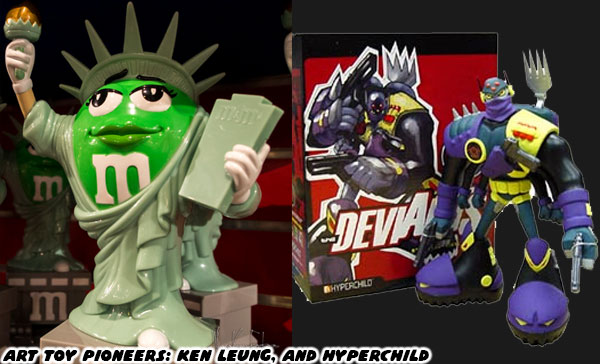
Context had a lot to do with how we reported, and perceived these copies. In any case the nation was able to turn an idea into a product in record time. The volume, and speed that Chinese, Hong Kong, and Taiwanese creators were able to get toys, games, and fashion out there was dizzying. They were remixing products before the trends were even able to spread around the world. This approach made me reconsider the way I thought about the games, toys, and fashion items they were putting into the market. The difference between what Michael Lau, Eric So, Pal Wong, Jason Siu, CoolRain, and the Brothersfree trio did was so subtle that to many collectors it was imperceptible.
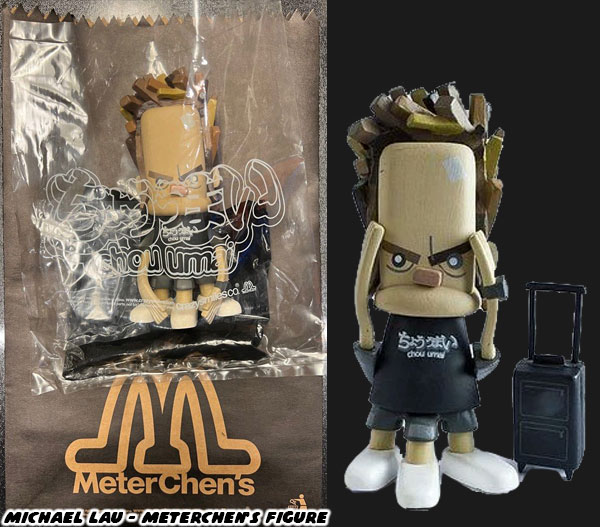
The figures that Michael Lau released were always a step ahead of his contemporaries. They were layered with details that some people missed. Take Meter Chen for example. The initial for the character’s name was based on the familiar McDonald’s fast food “Golden Arches” but it also represented the three legs of the character. The story behind the design made much more sense in context. Meterchen was based on an actual friend of Michael, the globe trotting journalist from East Touch magazine walked everywhere, hence the three legs. He spent more time in airports than at home, hence the rolling suitcase. He lived off of fast food, hence his packaging looked like a black, and gold McDonald’s bag. The levels of storytelling were amazing, but you could still enjoy the three-legged figure without any other context. It wasn’t always this deep with figures from some of his contemporaries. Not that it mattered, the style of his characters, and toys inspired countless variations, or “remixes” if you prefer.
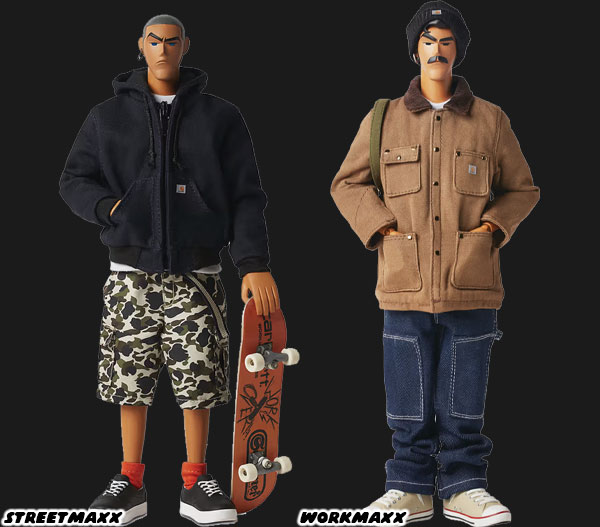
Michael was aware of what the contemporaries were working on the entire decade of 2000. He was creating paintings, sculptures, and other mixed media projects in the interim. Like many artists he didn’t want to rest on his laurels, he wanted to be seen as something other than the vinyl figure guy. He made sure to share his toy influences on his future projects, but in entirely new formats, including massive resin, and fiberglass statues. He coined the term ar+oy, pronounced ArtToy, the meaning was that 'All Art Are Toys, All Toys Are Art'.
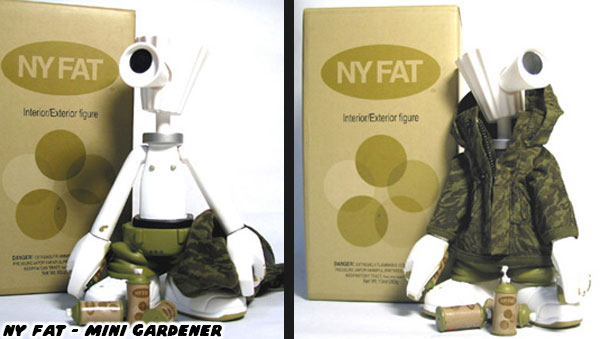
Many of the larger pieces he created went to private collectors, and international galleries. He didn’t want to leave his community of vinyl figure fans out of the loop. He released a few 12” figures between 2011 through 2015. A young version of Maxx called STREETMAXX, and an older version called WORKMAXX in which he had a mustache, and was wearing Carhartt brand workwear. This helped appease the demands of audiences for his original gardeners. These were limited to around 800 or less for each character. Of course fans wanted more. In the middle of the decade he dropped another line that would force his contemporaries to take notice.
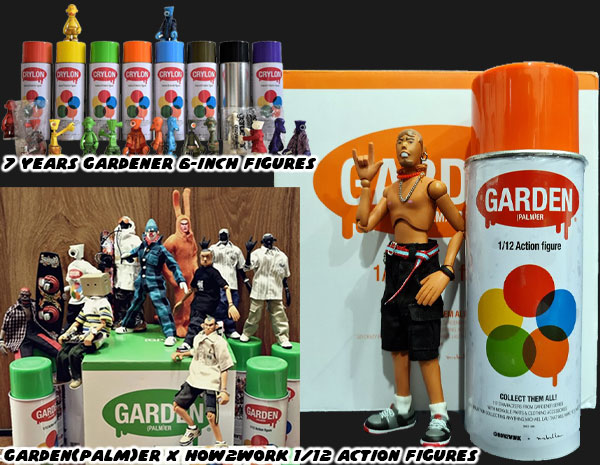
The Michael Lau x How2Work Garden(palm)er series came out in 2013. The name itself was chosen because they could fit in the palm of your hand. Each drop featured nine figures in a box that looked just like a case of spray cans. It wouldn’t be the first time he had released art toys this way. A collectors set of the NY-Fat graffiti gardener figures in spray can cases came out a few years prior. What made the palmers unique was that they were 1/12 scale figures. Unlike the squat
6-inch mini-gardeners these figures were proportional to the original gardeners, but now roughly eight-inches in height. Each character even featured the same clothing as the original gardeners from 1999. Michael had a tradition of rewarding his most die-hard collectors. In a callout to his 2001
Crazy Children series each of the nine Garden(palm)er figures came with a bonus piece. If you collected all nine figures then you had enough pieces to assemble the mystery 10th figure. The mystery figures across all four seasons introduced entirely new gardeners into canon.
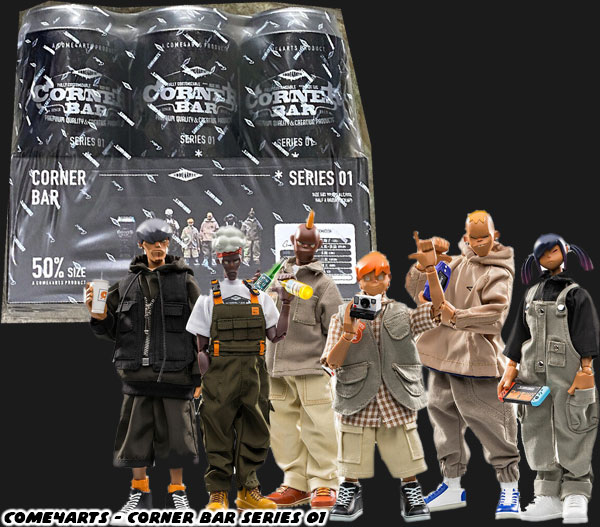
The rest of the figure community soon caught on that they could release figures in different scales, and proportions as well. They would not be locked into 1/6 scale, they could go 1/12, or 1/9 scale, just as easily. Or they could make figures that were round, or square, out of wood, resin, metal, or any number of material. The point was that fans would show up. The community was hungry for more. The studio that understood the assignment was
Come4Arts. Their Corner Bar Series were essentially drinking buddies in roughly the same 8” area. Instead of spray cans each figure came in a fake beer can. Of course a set came in a six-pack. It was some very clever work from the Chinese group. I only wish I had bought the palmer figures when I had a chance, but I was on a very tight budget at the time. The toy importers were selling them at roughly $400 a box. So imagine that spending $1600 in four years on figures wouldn’t work out for me. I understand that serious collectors out there spend that much on single items. Good on them, I’m totally not jealous! (imveryjealousactually)
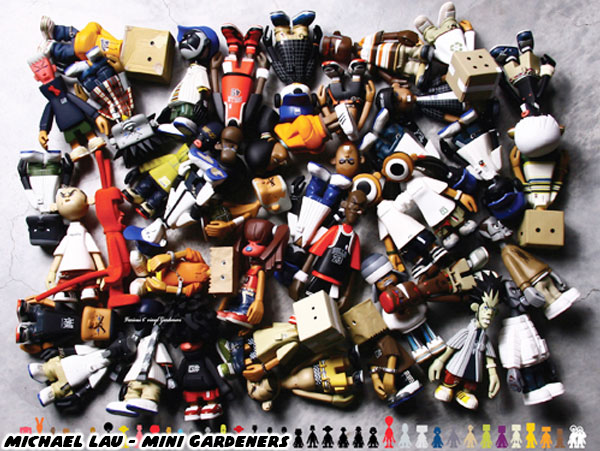
As fantastic as the palmer set was, they didn’t feature my favorite of the gardeners. A few of the original 6” mini gardeners did have some of my absolute favorite characters. I’d like to talk about them in a future blog. For now I would like to hear your thoughts on remix culture. Was it possible for Chinese, Korean, or other creators to get credit for remixing familiar brands, and logos without being accused of being counterfeiters? Or here’s another question for you. What’s the most you’ve ever spent on a toy, or figure? Tell me about it in the comments section please.
If you wanted to read about the birth of the Chinese fighting game Xuan Dou Zhi Wang / King of Combat the series is below.
As always if you would like to sponsor me
please visit my Patreon page and consider donating each month, even as little as $1 would help make better blogs and even podcasts!


























No comments:
Post a Comment